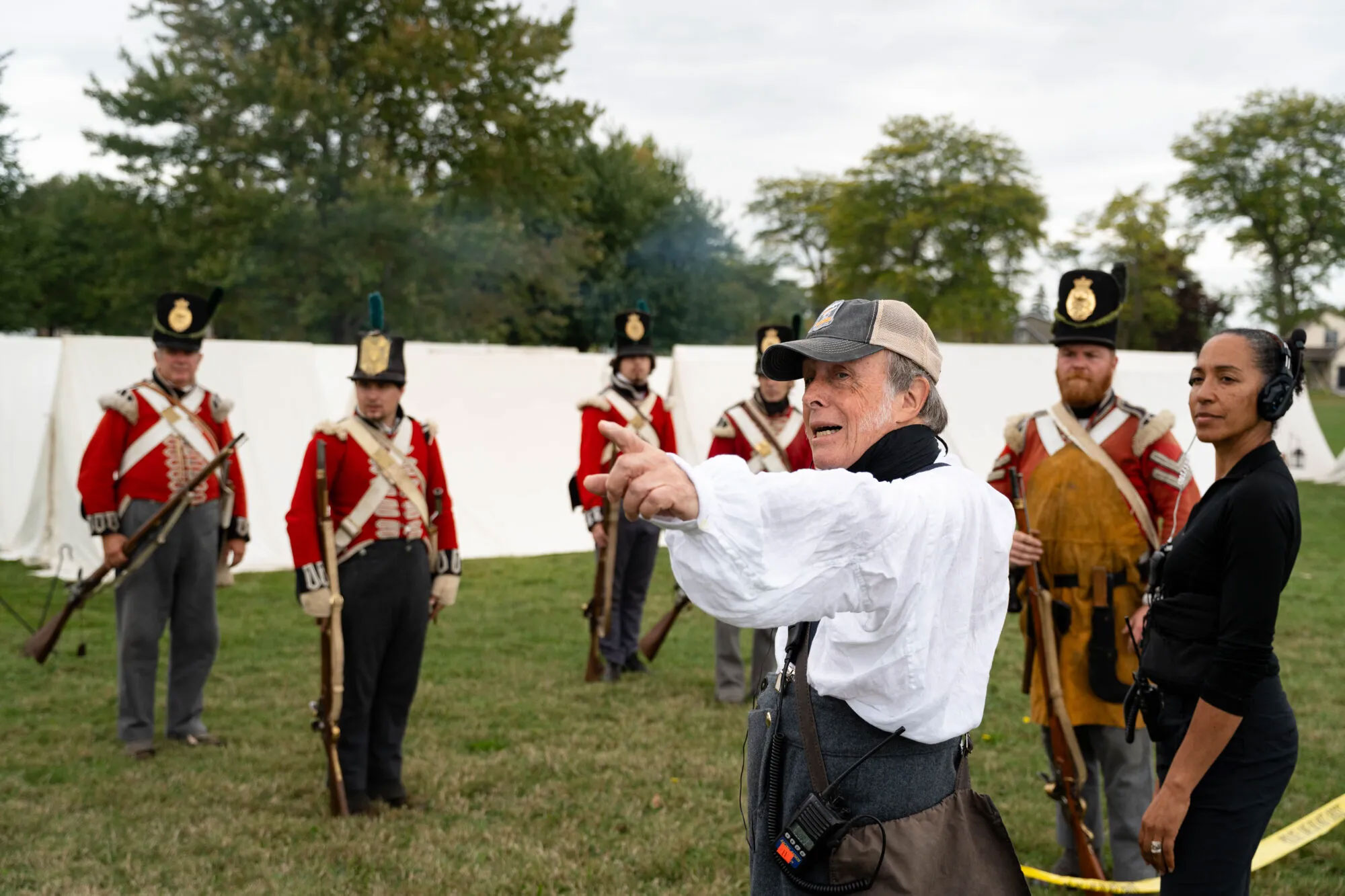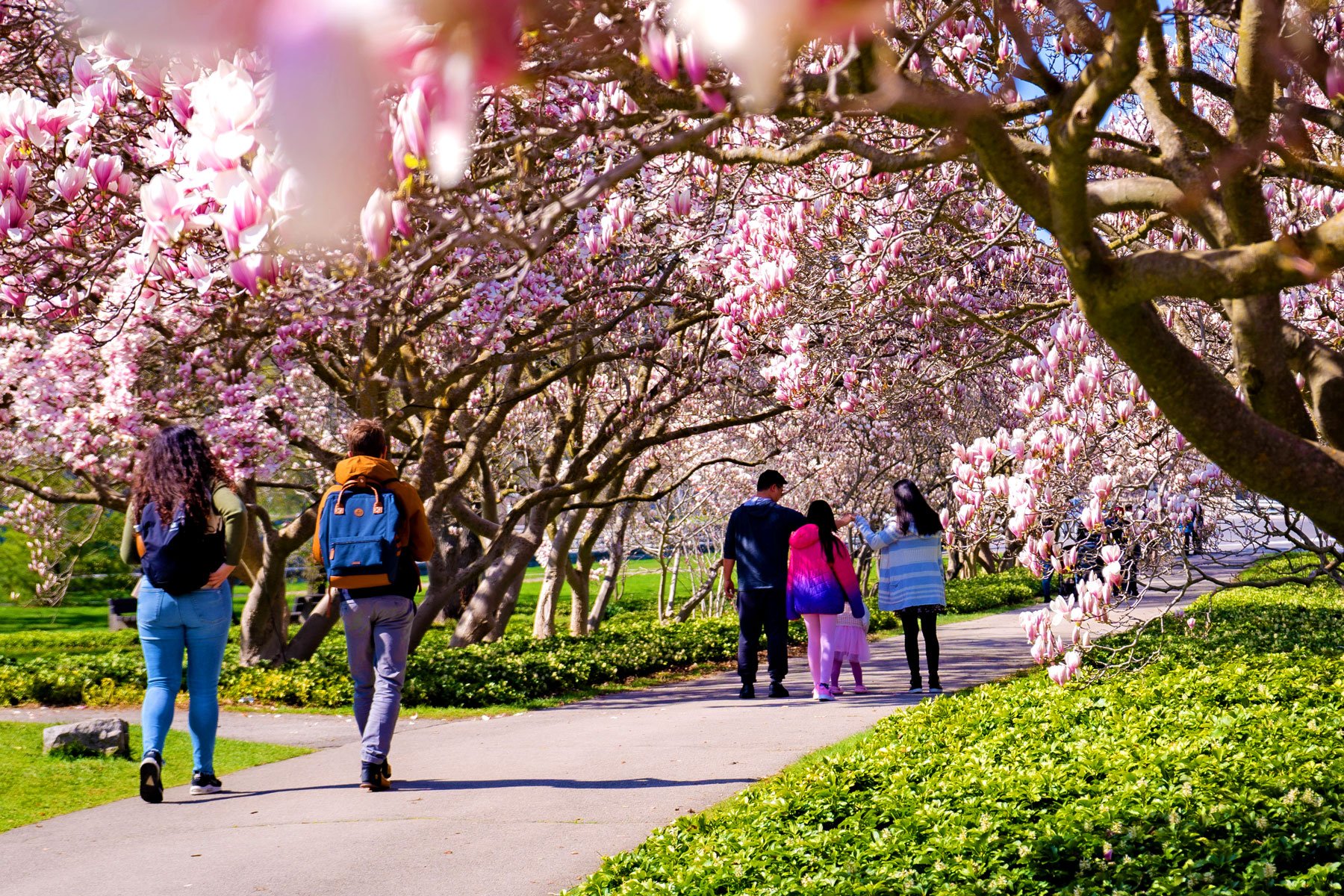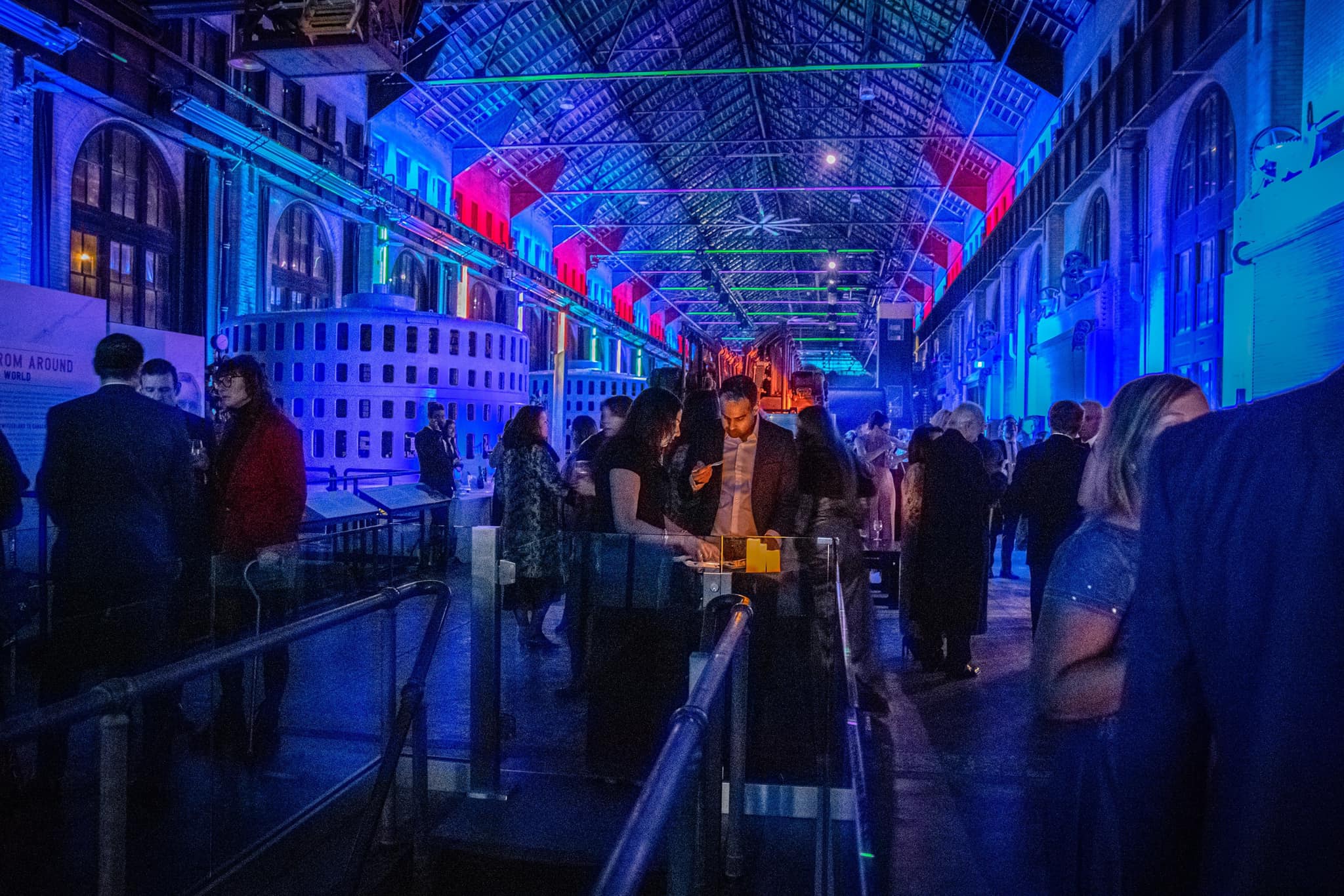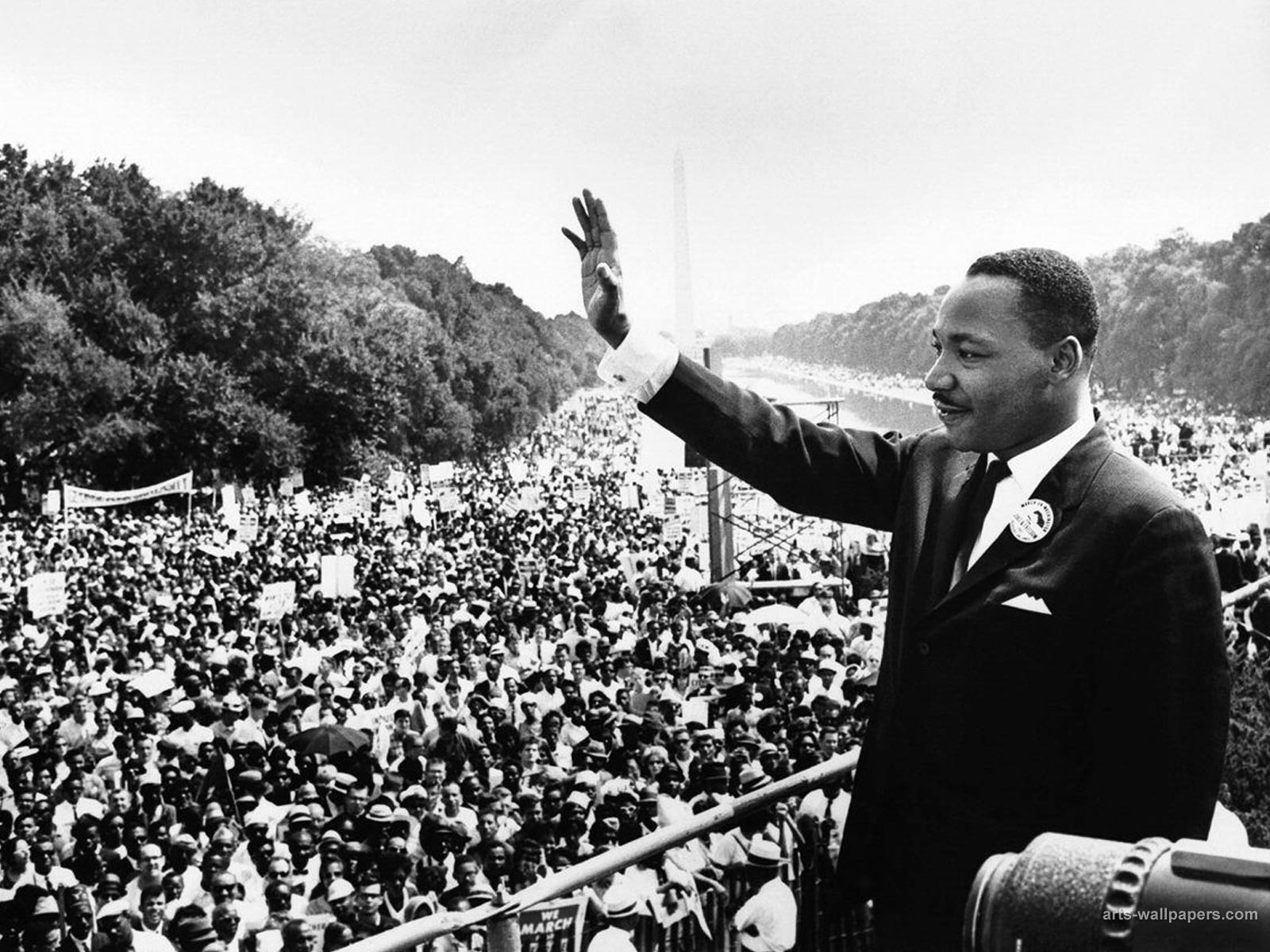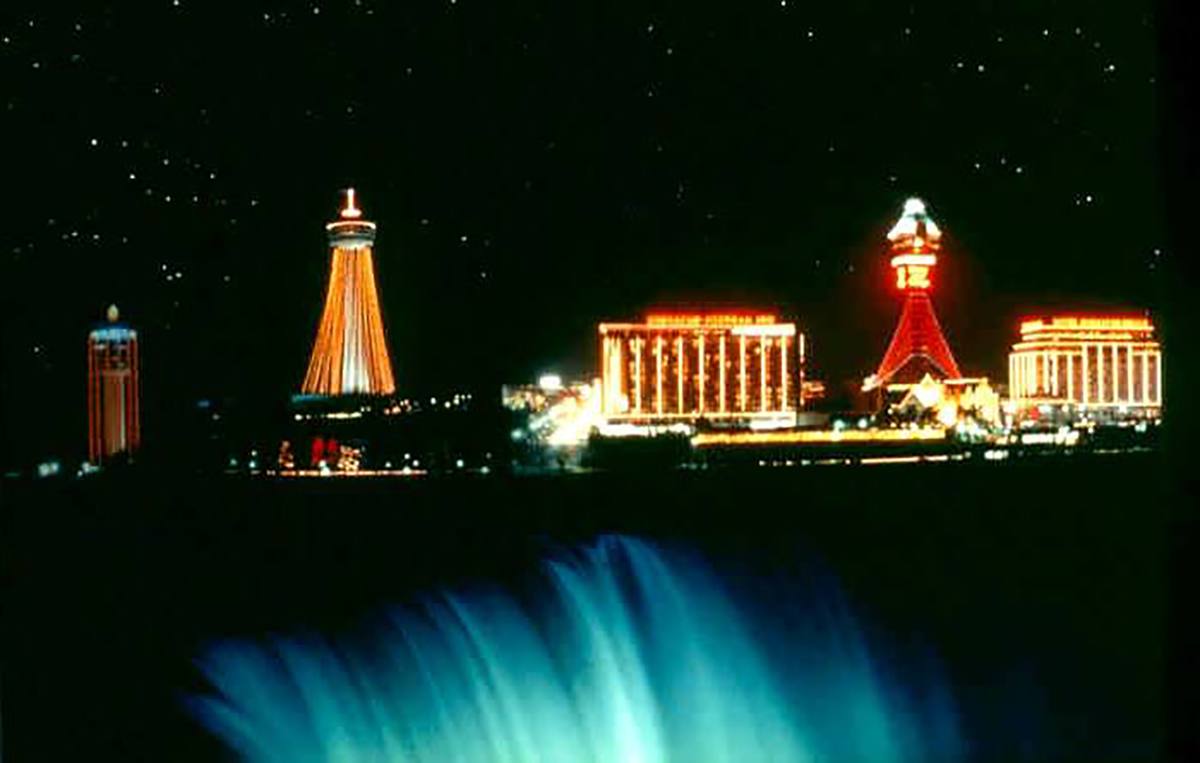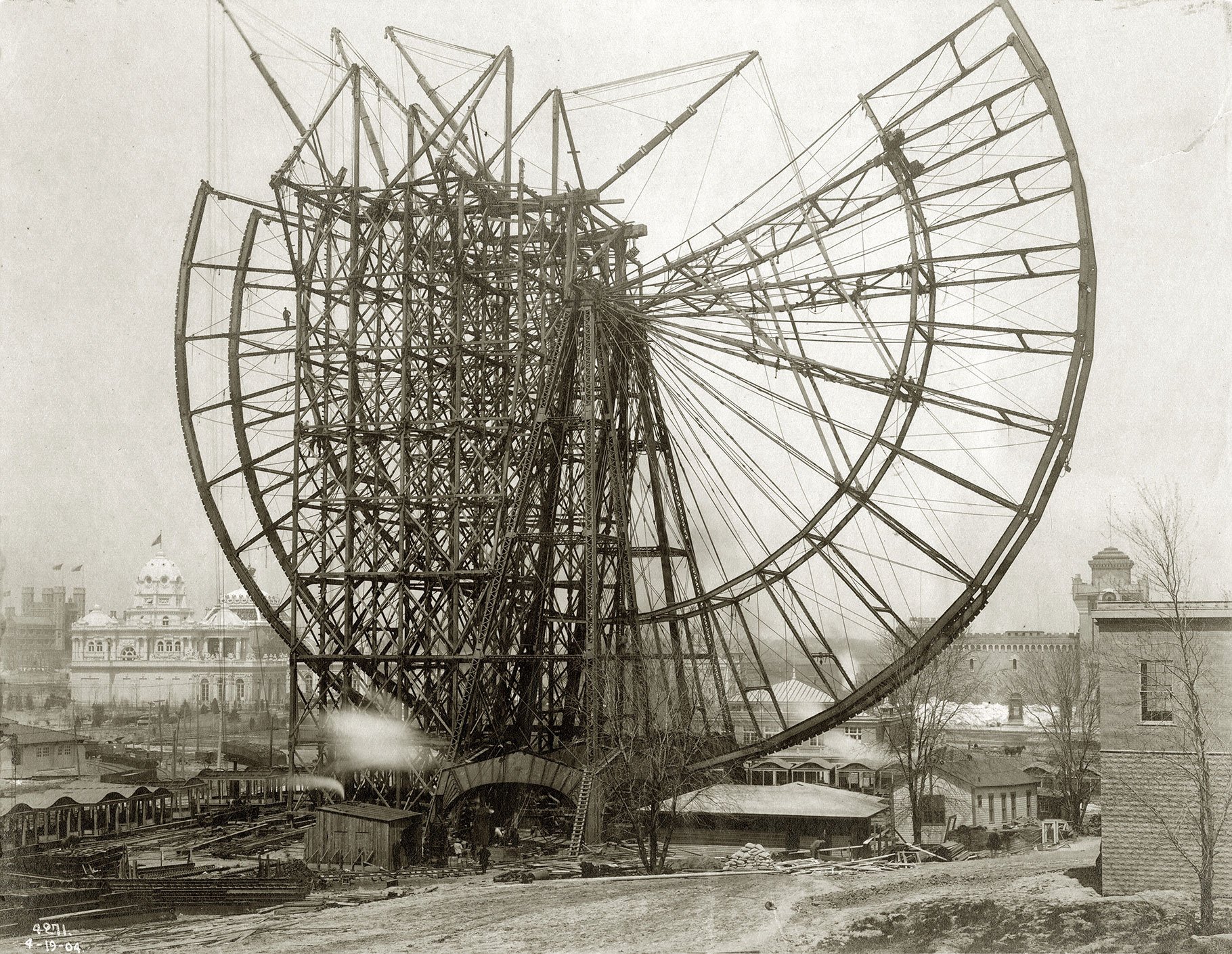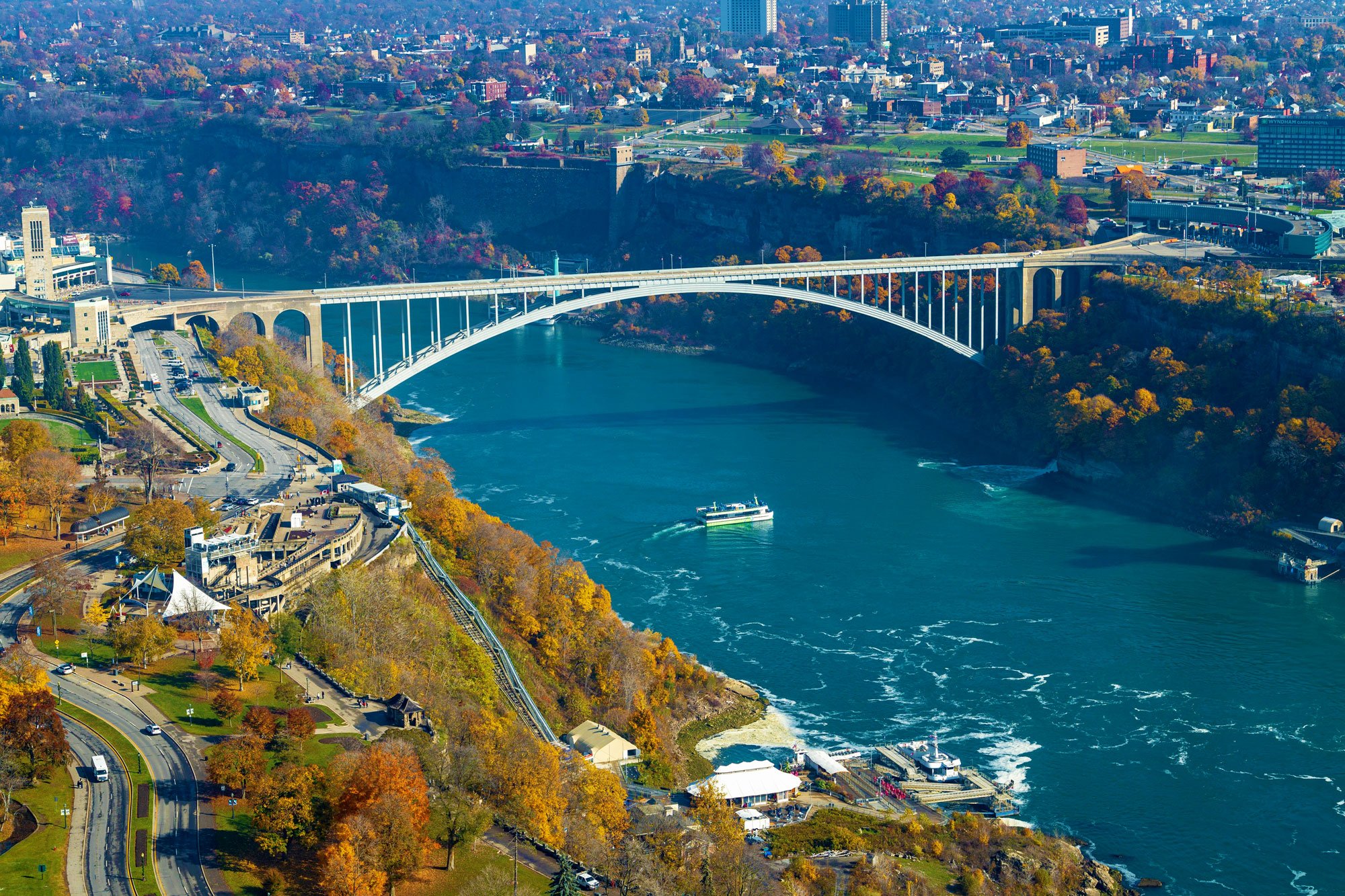Explore History
Discover the rich history of Niagara Falls — from its formation over 12,000 years ago to its role in Indigenous culture, the War of 1812, and its rise as a world-famous destination. Explore how Clifton Hill and the surrounding area evolved from quiet natural beauty to a vibrant hub of entertainment and tourism.
